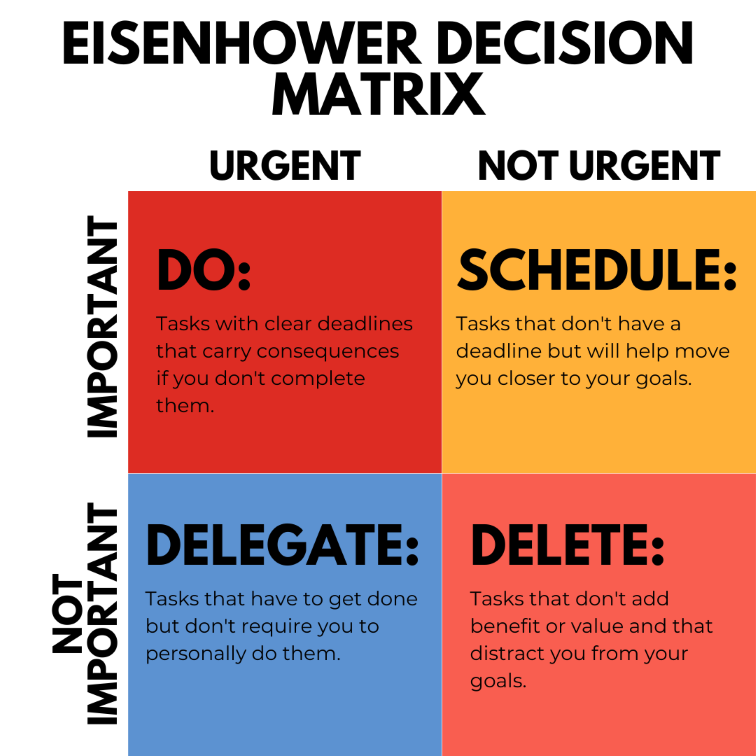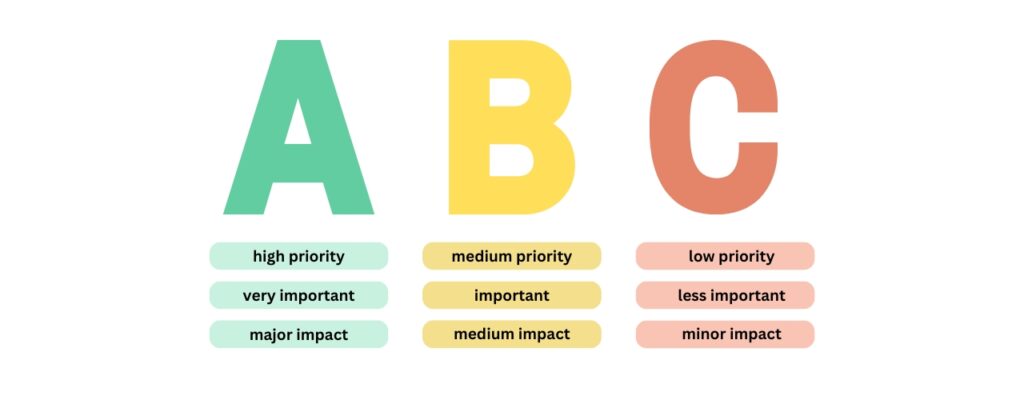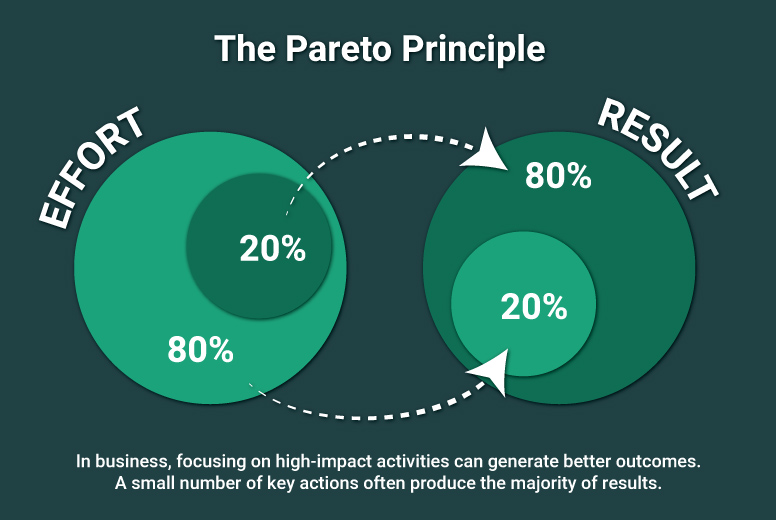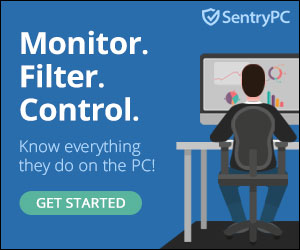Introduction
9 Most Effective Time Management Techniques That Will Change Your Life – Time management is an essential skill for productivity and success in work, school, and life. With increasing demands on our time from work, family, and other obligations, effective time management allows individuals to gain control of their schedule and focus on high-priority goals and tasks. Time management software like SentryPC is effective in helping businesses and employers monitor and manage time effectively with 25% improvement in productivity. Studies show that good time management leads to reduced stress, increased productivity, and greater opportunities for career advancement and life fulfillment. This article will provide an overview of proven time management techniques that can help maximize productivity.
Techniques covered in this guide include prioritization methods like the Eisenhower Matrix, ABC prioritization, SentryPC, and the Pareto Principle, as well as scheduling tactics such as time blocking, calendar scheduling, and to-do lists. Tips for minimizing distractions, developing productive habits and routines, and leveraging time management tools will also be discussed. By implementing these time-tested techniques, anyone can take control of their time and double their productivity.
Table of Content
- Introduction
- SentryPC Time Management Software
- Prioritization Techniques
- Scheduling Methods
- Focus and Avoiding Distractions
- Habits and Routines
- Time Management Tools
- Conclusion and Summary
Questions to answer
- What are the most effective time management techniques?
- How can you prioritize important tasks and goals?
- What tools and systems help with scheduling and organization?
- How can you minimize distractions and stay focused?
- What daily, weekly, and monthly habits lead to better time management?
SentryPC Time Management Software
SentryPC offers a comprehensive solution that combines activity monitoring, content filtering, and time management, all accessible via the cloud. This versatile software is an essential tool for both employer who want effective time management and businesses in need of effective employee monitoring. With SentryPC, you gain the power to oversee and manage computer activities remotely.
For businesses, it transforms into a productivity enhancer, tracking employee activities, ensuring compliance, and optimizing time management. Its cloud-based nature means you can stay informed and in control, anytime and anywhere. Choose SentryPC for a safer, more productive digital environment in your home or office.
Prioritization with Eisenhower Matrix
The Eisenhower Matrix is one of the most effective time management techniques a prioritization technique that helps you distinguish between urgent and important tasks. It was created in the 1950s by President Dwight D. Eisenhower as a method for making effective decisions.

The matrix divides tasks into four quadrants based on two criteria: urgency and importance. Urgent tasks require immediate attention, while important tasks contribute significantly to long-term goals. By considering both factors, you can better prioritize competing demands.
Tasks that are both urgent and important – like crisis issues or deadline-driven projects – fall in the top quadrant. These should be tackled first. Important but not urgent tasks, like strategic planning and relationship building, fall in the second quadrant. Schedule these regularly. Urgent but not important tasks, like emails and meetings, fall in the third quadrant. Limit time spent on these. Finally, neither urgent nor important tasks belong in the bottom quadrant. Consider delegating or eliminating these.
Using the Eisenhower Matrix when planning your day ensures you focus energy on top priorities first, rather than getting bogged down in less meaningful work. Evaluate tasks frequently and adjust quadrants as needed. This intentional prioritization leads to greater productivity and less stress.
Source: Avoid the “Urgency Trap” with the Eisenhower Matrix
ABC Prioritization Method
The ABC Prioritization Method is one of the most effective time management techniques. It is a simple yet effective way to rank tasks based on their importance. This method was developed by time management expert Alan Lakein. The ABC method involves splitting tasks into three categories:
A Tasks – Very important tasks that have a high impact. These should be completed immediately.1
B Tasks – Somewhat important tasks that have medium impact. Schedule these tasks after A tasks.2
C Tasks – Low priority tasks that have low impact. Only do these after A and B tasks are complete.3

The ABC method helps you focus on accomplishing vital tasks first before moving onto less urgent ones. To use it effectively, be ruthless in categorizing tasks objectively based on impact. Use the technique consistently to build time management discipline.
Pareto Principle
The Pareto principle, also known as the 80/20 rule, states that for many outcomes, roughly 80% of the effects come from 20% of the causes (https://asana.com/resources/pareto-principle-80-20-rule). For example, in business, around 80% of revenue often comes from 20% of customers. The Pareto principle recommends focusing your efforts on the critical 20% of tasks or customers that produce the majority of results.

To apply the Pareto principle to time management, make a list of all your tasks and goals and determine the top 20% that are most important or impactful. Focus your time and energy on the vital few tasks that rank in the top 20% and produce the greatest results. The less critical tasks that fall in the bottom 80% should get less priority. The Pareto principle helps cut through clutter so you can zero in on the essential goals and tasks that maximize productivity. Clearly Pareto principle is one of the most effective time management techniques.
Time Blocking
Time blocking is one of the most effective time management techniques that can change your life. The practice of Time blocking requires scheduling specific blocks of time to work on certain tasks or projects. It allows you to carve out dedicated timeslots for focused work. According to a study by Timeular, over 50% of workers say they get more done when time blocking versus having an open schedule.
Here are some tips for effective time blocking:
- Identify your most important tasks and rank them by priority
- Schedule timeslots of 30-90 minutes for focused work
- Block time on your calendar and protect that time
- Start with your most important task first each day
- Schedule breaks between time blocks
- Batch similar tasks together in one block
- Limit distractions and avoid multitasking during blocks
- Adjust block length and quantity to suit your needs
Dedicated time blocking results in greater productivity by allowing you to concentrate on one task at a time. It also reduces stress by providing firm schedules and boundaries for your work.
Calendar Scheduling
Using a calendar app or system is one of the most popular and effective ways to schedule tasks and appointments. Calendar scheduling allows you to plot out your days, weeks, and months to optimize your time.
Here are some tips for efficient calendar scheduling:
- Use calendar blocking to designate specific time slots for tasks. For example, block out 90 minutes for drafting a proposal without distractions. This focuses your time on priorities.
- Schedule your most important tasks for when you have the most energy and focus. For many people, this is mornings.
- Group related tasks together in chunks of time to maximize focus. For example, make Wednesday your administrative day.
- Schedule buffer time between meetings and appointments to account for overruns and transition time.
- Use calendar reminders so you don’t forget about scheduled tasks and events.
- Integrate your calendar with other tools like to-do lists so everything is in one place.
Apps like Google Calendar, Outlook, and Apple Calendar make it easy to efficiently schedule your days and weeks. Using calendar scheduling can help ensure you spend time on your most vital tasks.
To-Do Lists
To-do lists are among the most popular time management tools thanks to their help in keeping track of daily and weekly tasks. Research shows that writing down what you have to do provides a sense of relief and helps free up mental bandwidth, making you more productive (Schrager, 2022).
Creating a daily to-do list allows you to break down larger goals into actionable items to complete each day. Track ongoing tasks and projects using a daily list. Crossing completed items off provides a sense of progress.
At least one studies shows that including the reason why a task matters on your to-do list increases motivation and makes you more likely to complete it. Explain how each task fits into your bigger goals.
Schedule a weekly review to assess your to-do list and results from the past week. Use your learnings to plan out your to-do list and priorities for the upcoming week.
Avoiding Distractions
Distractions are one of the biggest barriers to productivity and effective time management. According to a survey by Microsoft, the number one workplace distraction is emails, with over 30% of workers citing it as their top distraction (https://www.cnbc.com/2023/05/09/the-no-1-workplace-distraction-that-kills-productivity-according-to-microsoft.html). Constant notifications and distractions result in lost productivity, with one study finding that the average worker loses 2.1 hours per day to distractions, costing companies billions annually (https://blog.dropbox.com/topics/work-culture/economist-impact-cost-of-lost-focus-research-study-2023).
To minimize distractions and stay focused, utilize techniques like single-tasking and eliminating notifications:
- Single-Tasking: Focus on one task at a time without switching between tasks or apps. Devote your full concentration to the current priority.
- Turn Off Notifications: Disable email, chat, and phone notifications during focused work. Only check messages during designated breaks.
By intentionally minimizing distractions in your environment, you can boost productivity levels and make better use of your time.
Productive Habits and Routines
Developing consistent daily routines and weekly habits is key to improving your time management. Research shows that routines and habits support cognitive function and can make people more productive and creative [1]. Having set routines frees up mental energy to focus on priorities rather than constantly deciding what to do next.
To build better daily routines, identify tasks that allow you to do focused, meaningful work during your peak productivity hours. For example, you may block off the morning to work on a big project without interruptions. Develop a routine centered on the important work, while scheduling meetings and minor tasks later.
Equally important is learning to say “no” to non-essential tasks and delegating when possible. Decline or reassign tasks that don’t align with your priorities or schedule. Protect key blocks of time for productivity by not overcommitting yourself.
At the end of each week, review your schedule and assess what worked well versus what needs adjustment. Iterate and refine your habits and routines to design an optimal system customized to your needs.
Conclusion and Summary
Time management is a crucial skill for productivity and success. As discussed, there are various techniques that can help maximize your time and focus on priorities.
The key takeaways are:
- Use methods like the Eisenhower Matrix and ABC prioritization to distinguish between urgent/important tasks versus those that can wait.
- Schedule timeblocks, calendar appointments, and to-do lists to structure your days and weeks.
- Minimize distractions by single-tasking, turning off notifications, and having designated work spaces.
- Establish consistent daily routines and weekly reviews to stay on track.
- Leverage tools like apps and analog systems to schedule, remind and automate where possible.
With diligent time management, you can focus your efforts on the vital few tasks that align with your goals and priorities. This allows you to work smarter, produce better results, and maximize your productivity.



